hypermobility in babies arms
Joint hypermobility is thought to be very common particularly in children and young people. Benign hypermobility describes a child that has several joints that are more flexible than usual.

How Hypermobility And Low Muscle Tone Affect Your Baby S Development Skills For Action
Children with more easily definable disorders such as EhlersDanlos syndrome and Marfan syndrome have long been recognized as having potentially pathological consequences of hypermobility.

. Colic is a condition where a young baby cries for at least 3 hours per day for 3 or more days per week for 3 weeks or longer. This can be very common in children 10-15 and usually decreases with age. Hypermobility in baby.
This happens when the connective tissue which makes up the joint structures capsule and. It is extremely common in children having being reported in 25 to 50 of those younger than 10 years of age. When you have joint hypermobility it means your joints are more flexible than in other people.
However in some people hypermobile joints can cause joint pain and result in higher rates of. Infants with low muscle tone who seem floppy and have hypermobile. The ability of a joint to move beyond its normal range of motion is joint hypermobility.
Many children are hypermobile double jointed in one or more joints. Joint hypermobility in babies and children is even more common and usually causes no problems. It occurs on average in 30 of the child population being more common in girls than in boys in a ratio of 3 to 1.
Hypermobility hypermobility syndrome. Generalised joint hypermobility is quite a common occurrence - in fact it is just a normal. Infants with joint hypermobility are frequently late to learn to crawl and in some cases may not crawl at all preferring to move around on their bottoms instead.
It is not unusual to have a few hypermobile joints. As people normally lose flexibility through adulthood symptoms of hypermobility may change or improve with time. Yet as children get older their joints become less flexible.
It is particularly frequent in youngsters with. Implementing particular arm and hand workouts to enhance muscle strength and endurance will ultimately result in greater joint stability. The term generalised joint hypermobility GJH is used when a child has several joints that are more flexible than usual.
Usually the joints are loose and stretchy because the ligaments that should make them stronger and support them are weak. In many cases the joints become stiffer with age although joint hypermobility and its associated symptoms can continue into adult life. It is sometimes referred to as being double jointed and is quite common about 1 in 10 people are hypermobile.
However for some people hypermobility causes joint pain joint and ligament injuries tiredness fatigue bowel issues and other symptoms. It occurs when collagen levels in tendons and ligaments are altered making the fibers thinner and less stiff. Joint hypermobility without pain occurs when children have stretchy or flexible joints but without exercise-related pain.
The pain is more common in the legs such as the calf or thigh muscles. The weakness is because the collagen that strengthens the ligaments is different from other peoples. Children or young adults with hypermobility have joint pain.
Infant hypermobility is a common asymptomatic condition in children under the age of 5 that causes joints to move outside their normal limits. This is an advantage to some children and tends to be associated with being good at sport. It affects people assigned female at birth AFAB and people of Asian and Afro-Caribbean descent more often.
Although it usually is a benign clinical finding that has few serious implications it should raise the clinicians level of concern for the presence of an underlying disorder particularly one involving the. This happens when the connective tissue which makes up the joint structures capsule and ligaments is more compliant more easily stretched than usual. The usual tightness of the hip and knee muscles is absent and the the hips and knees can be fully extended.
Joint hypermobility syndrome is most common in children and young people. Joint hypermobility syndrome can run in families and it cannot be prevented. Some estimates suggest that around one in every five people in the UK may have hypermobile joints.
The term benign hypermobility joint syndrome BHJS is a common source of joint or muscle complaints that often cause concern for parents children and school personnel. Aid in maintaining core stability and. I am slightly hypermobile especially arms wrists and fingers which all bend in horrible ways and my sister is much worse although without muscle tone problems so Im keeping an eye on my DCs for any genetic link but neither show any signs.
Seems that the way in which hypermobility affects children as they grow varies enormously. Other conditions or syndromes such as osteogenesis imperfecta Down syndrome and Stickler syndrome are also associated with hypermobility of. We are at our most flexible as babies and become less flexible with age.
Hypermobility is defined as a greater range of movement in several joints than is normal for the persons age. HSDs are the diagnosis where the main or only symptoms are exercise-related pain together with joint hypermobility. Hypermobility is defined as an abnormally increased range of joint motion due to excessive laxity of the constraining soft tissues.
Most experts agree that joint hypermobility. More on Hypermobility in Children. Hypermobility refers to an increased range of movement in multiple joints for their age.
The slight tightness stiffness in the muscles of the hips and knees helps the newborn infant to lift the arms and legs up when kicking and reaching. It affects 7 10 of school age children in the UK. Autism Joint Hypermobility JH and Hypermobility-Related Disorders HRDs Current clinical descriptions of young children with autism include hypotonia joint laxity clumsiness apraxia and toe walking as common findings Interestingly similar features have been also described in people with HRDs 2628To the best of our knowledge the first.
In most people this causes no problems and does not require treatment. When compared to older individuals most childrens joints are incredibly flexible. When this affects many joints and is associated with pain it is called a hypermobility syndrome.
It most often involves large joints such as the knees or elbows. The older you are the less likely it is you will be hypermobile.
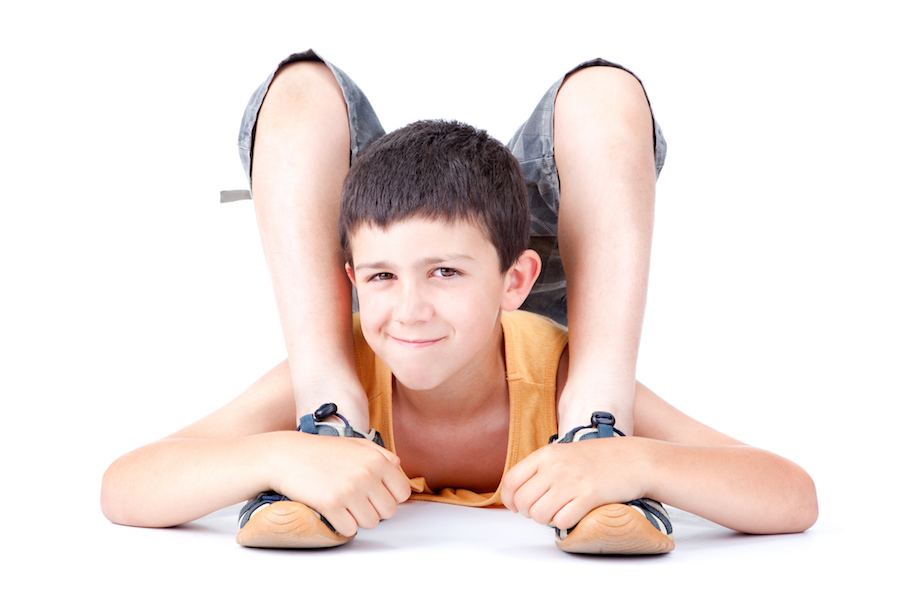
What You Should Know If Your Child Is Double Jointed Orlando Health Arnold Palmer Hospital For Children

How Hypermobility And Low Muscle Tone Affect Your Infant S Development Low Muscle Tone Muscle Tone Pediatric Physical Therapy Activities

What Is Hypermobility In Babies Children Young Adults Therapy Stars

Down Syndrome Or Trisomy 21 Therapies For Kids

Free Images Hand Sweet Petal Feet Leg Finger Relax Foot Child Ear Arm Nail Baby Mouth Close Up Human Body Barefoot Face Nose Fingers Infant Skin Beauty Organ Toe Foreground Bebe

Joint Hypermobility In Children Inspired Gymnastics Ltd

How Hypermobility And Low Muscle Tone Affect Your Baby S Development Skills For Action
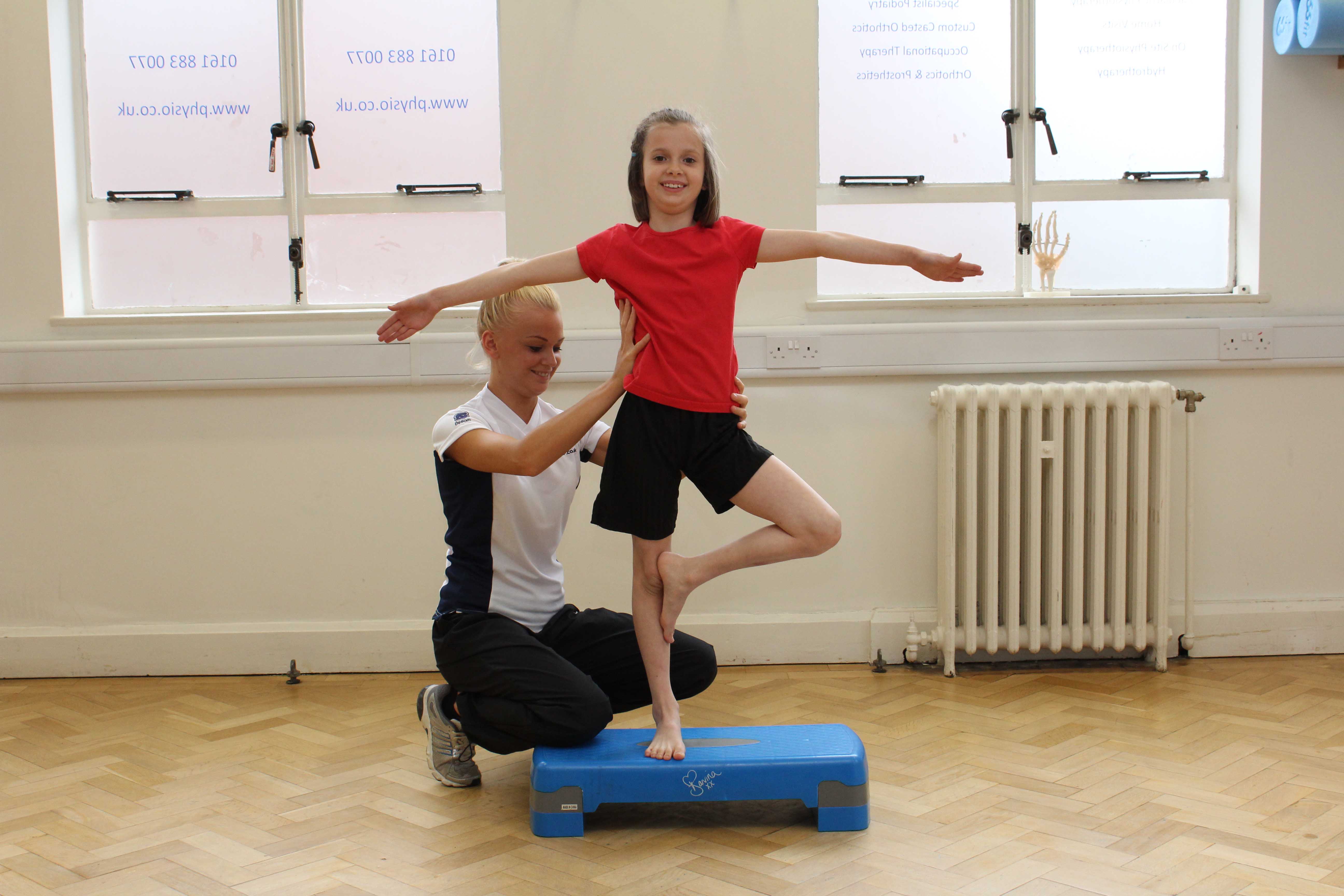
Hyper Mobility Syndrome Children Conditions Paediatric What We Treat Physio Co Uk

How Hypermobility And Low Muscle Tone Affect Your Baby S Development Skills For Action

How To Recognise Joint Hypermobility In Your Child My Strong Little Body
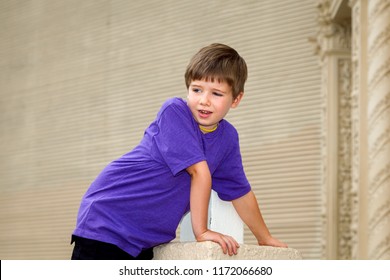
Double Jointed Little Boy Hypermobility Elbow Stock Photo 1172066680 Shutterstock

The Hypotonic Child Pediatric Physical Therapy Low Muscle Tone Muscle Tone Pediatric Physical Therapy

7 Weeks Old Baby Development Child Development Stages Emma S Diary

What Is Hypermobility In Babies Children Young Adults Therapy Stars

Hypermobility Syndrome Therapies For Kids
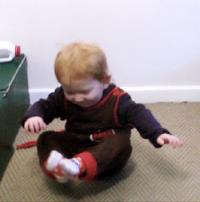
How Hypermobility And Low Muscle Tone Affect Your Baby S Development Skills For Action
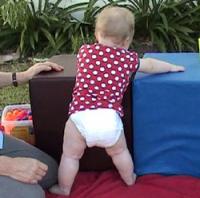
How Hypermobility And Low Muscle Tone Affect Your Baby S Development Skills For Action

How Hypermobility And Low Muscle Tone Affect Your Baby S Development Skills For Action
